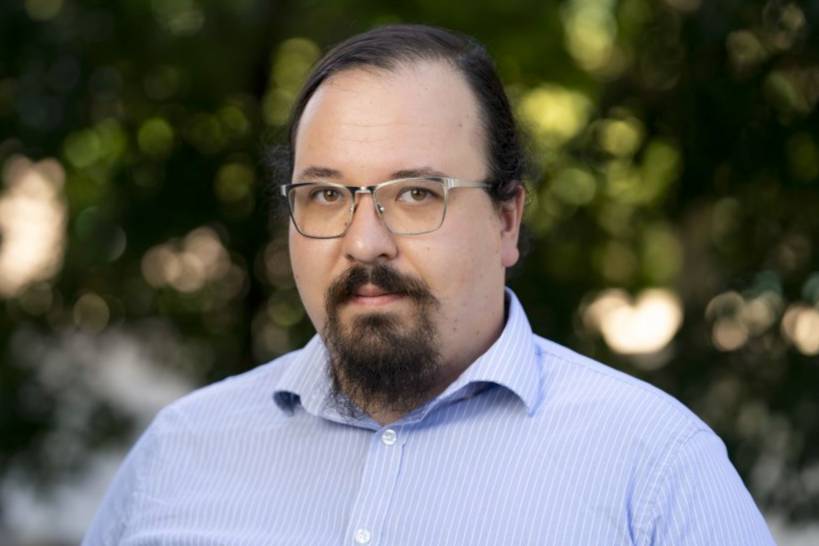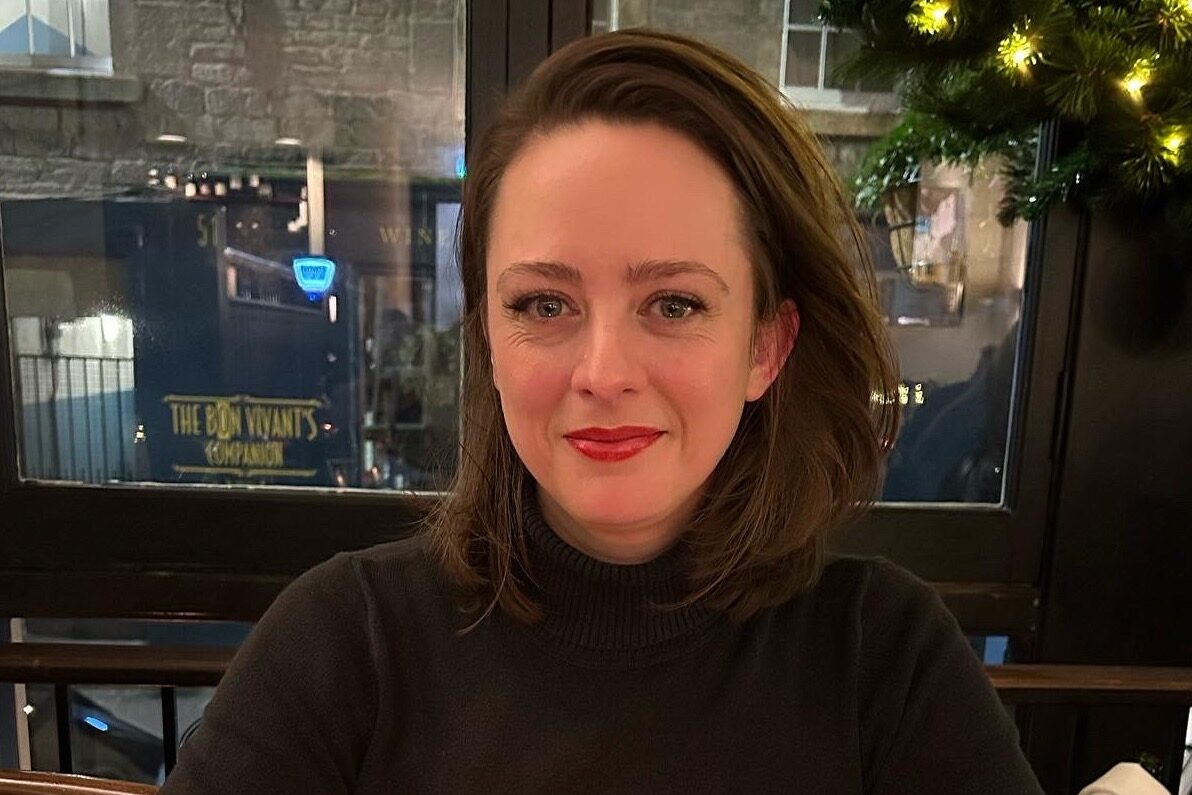Tanner Labs
Interdisciplinary research and public humanities
Our new model of fellowship, Tanner Labs, supports collaborative, interdisciplinary, and experimental work in the Humanities. Each Tanner Lab funds a team of researchers for two years to develop an innovative collaborative research project that experiments with emerging theoretical questions, research methods, pedagogical practice, and forms of public engagement.
I look forward to seeing our Labs share their fascinating work with our campus and community in the years ahead.
Scott Black
Director, Tanner Humanities Center
Environmental Storytelling
Inaugural Tanner Lab for 2025–2027





Environmental storytelling is a concept drawn from video game design that refers to methods of delivering narrative purely through space or setting rather than dialogue or narration. This technique might allow a player, for instance, to learn a protagonist's main attributes by examining the contents of their bedroom, or to understand the key political and ecological circumstances of a sci-fi dystopia through its bus stop advertisements. Yet while environmental storytelling has become a central technique of modern video game narrative, versions of the practice can also be found in film, television, graphic novels, experimental poetry, and virtual reality. Moreover, the core question that this practice explores—how can a space tell a story?—is of urgent relevance to many other disciplines both within and beyond the Humanities, including Theater and Performance Studies, Architecture and Design, Literature, Film Studies, Dance, Art History, Archaeology, and Environmental Studies.
The Tanner Lab in Environmental Storytelling will create a movable physical space for developing, prototyping, and experimenting with environmental storytelling scenarios and methods. This space will be furnished with temporary walls, furniture, props, light and sound equipment, screens, writing instruments, and other materials that will allow students and faculty in diverse fields to test different ways of generating narrative through environment—or alternately, of exploring one's environment through narrative—flexibly and seamlessly. The Lab will hold a series of workshops introducing the pop-up space throughout the academic year 2025-26, and its directors plan to make a demo version of the space temporarily available for free use in the spring. We will also host a symposium in March, with an invited keynote, that explores different connections between and configurations of narrative and the environment.
